A year in the life of our forests
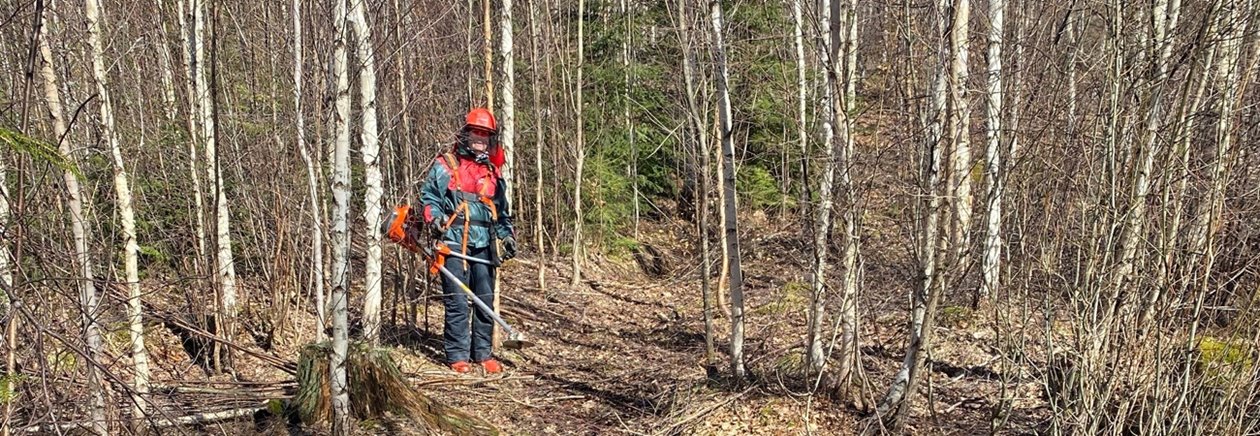
We continue to bring you a snapshot of life in a typical forest estate owned by one of our 52,000 members. Jonas Larsson is our guide through the year. Managing Director of Södra Cell GmbH and Senior Advisor Forestry, he has been a Södra member for eight years with a plot of 20 hectares, just under half the size of an average Södra forest estate. His wife Marie previously owned a Södra forest that was in the family for four generations, now managed by her brother.
April
Carrying on the job we started last month, we’re working practically when doing thinning, to ensure we have the best conditions, not just for our trees but for the biodiversity in our water reserves to thrive. Water is increasingly in the spotlight, even in Sweden where access to and abundance of water has never been an issue. We know that water is not only essential to production but also various ecosystems, so we are keen to look after this precious asset on our land.
We take extra care, for example, to ensure that we leave plenty of trees and shrubs close to streams, ponds and lakes to help create more stable temperatures for aquatic biodiversity. If exposed to full sunlight, water can heat up rapidly on hot days then cool down quickly at night, which is not ideal, especially for fauna. The zones near open water are valuable also for land living fauna such as birds, insects and bats. We can improve living conditions also by placing birdhouses along water ways.
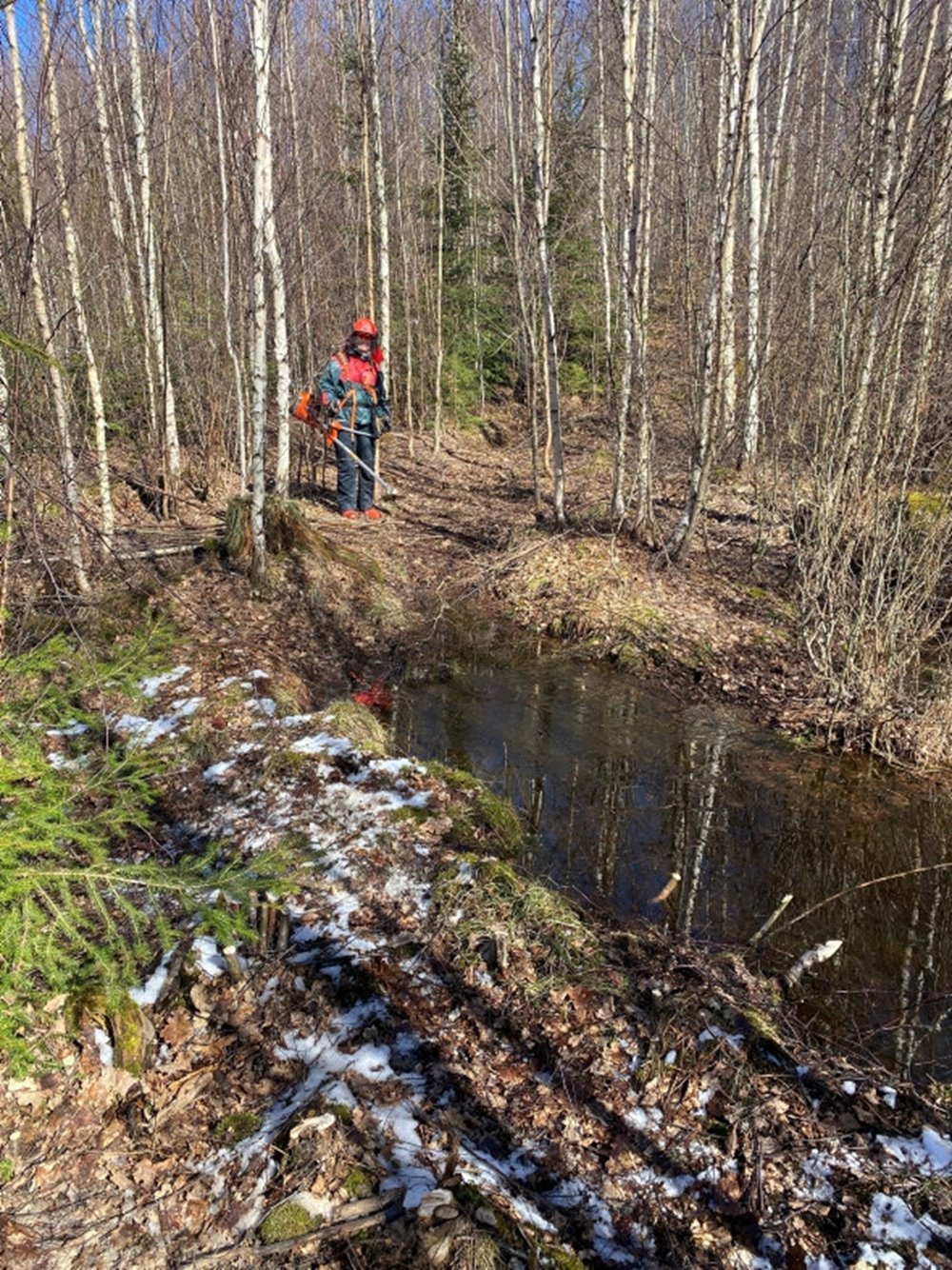
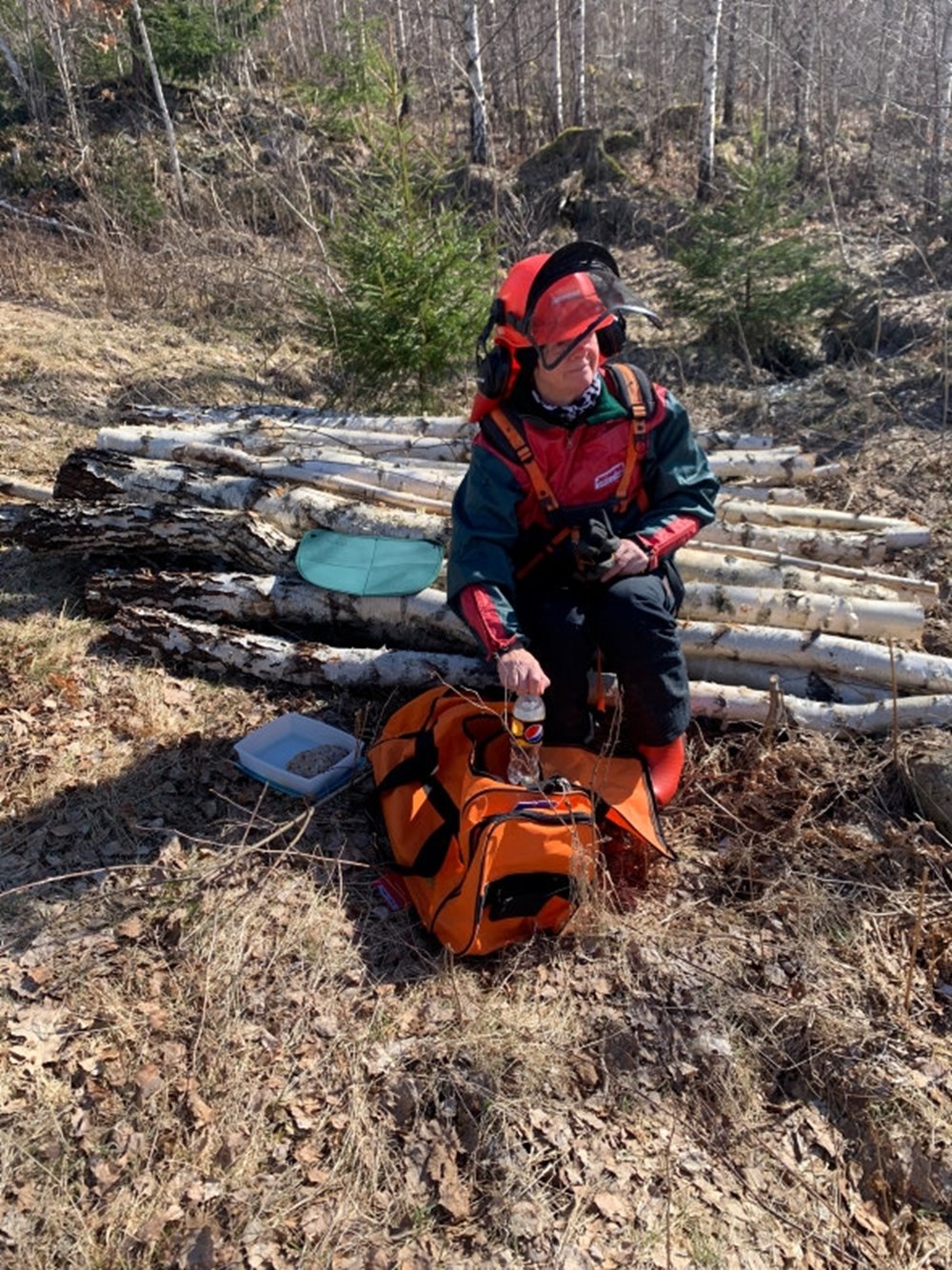
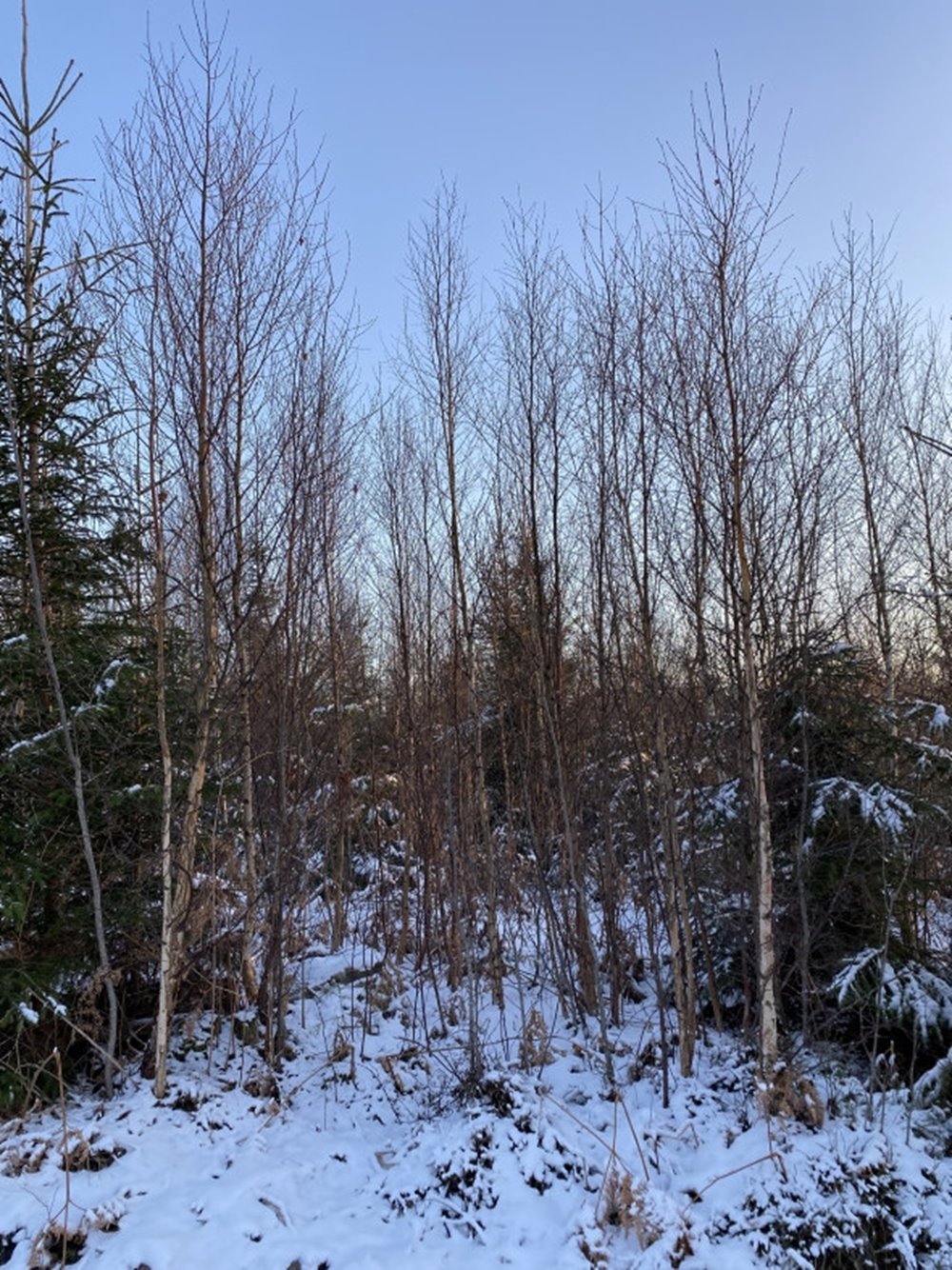
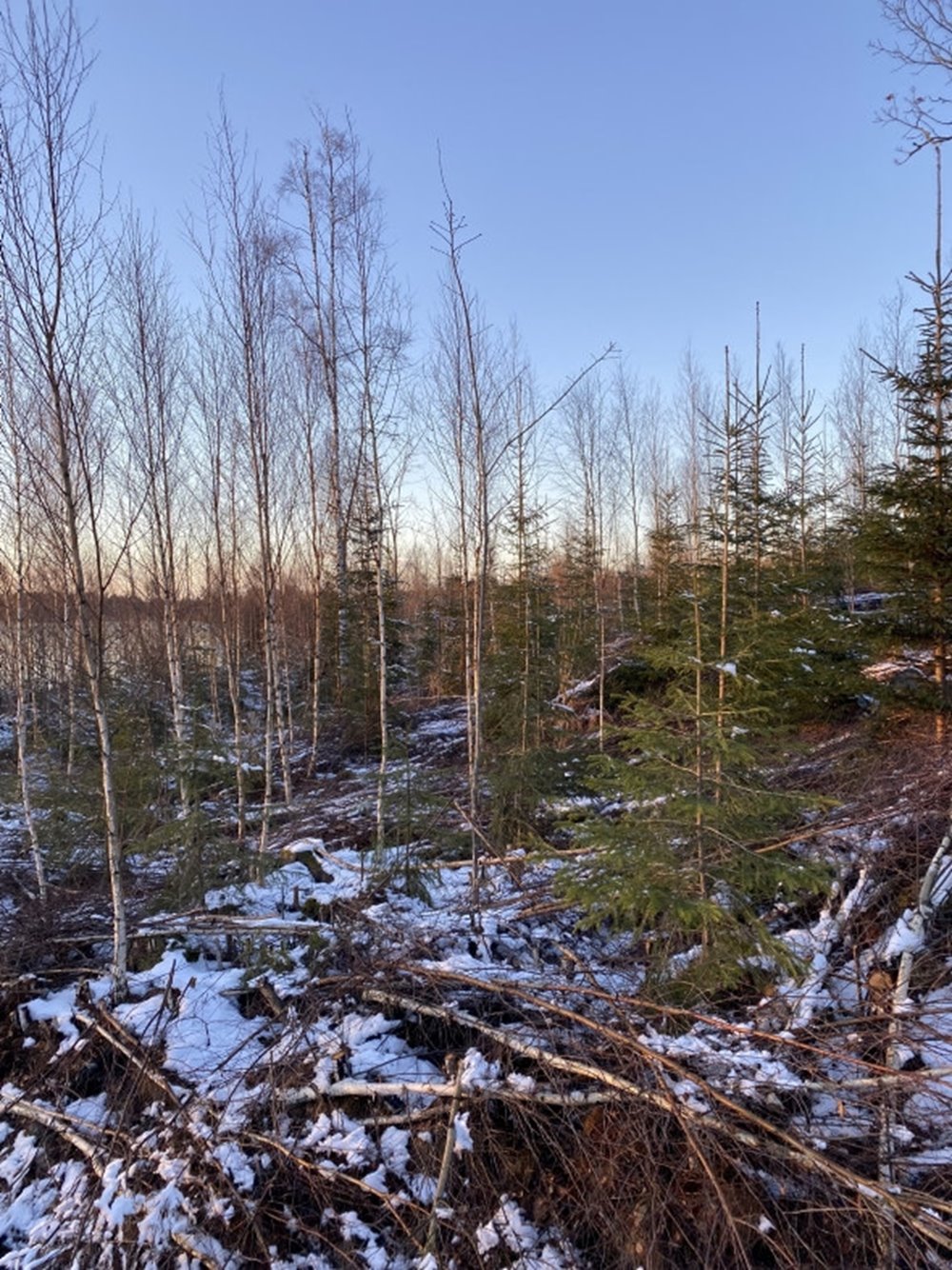
A patch of our forest before and after thinning as we work to create the ideal environment for healthy trees and biodiversity to thrive. Nature conservation and productive forestry are inextricably linked on Södra members’ estates. The forest is a source of income as a raw material for Södra’s products, but it is also much more: On a personal level it provides us with firewood, foraging, recreation, relaxation, and the satisfaction that we can make a small difference to local biodiversity.

Head of Business Support & Senior Advisor ForestryPhone: +46 70 518 93 63jo......@sodra.com
Show all content for topic
Subjects: Pulp
